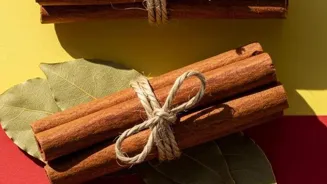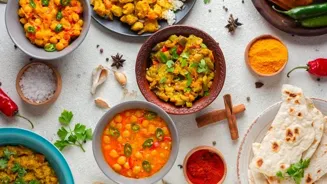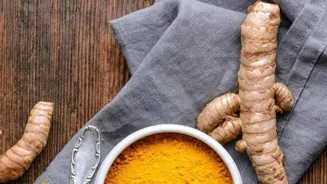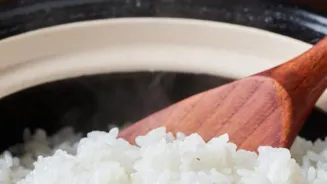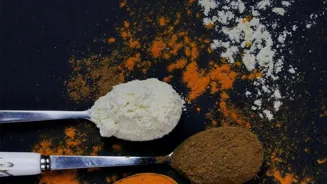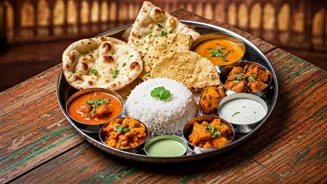Unveiling Indian Spice Secrets: Elevate Your Cooking Game with 10 Must-Have Spices! Dive in to discover the magic!
Namaste, food lovers! Are you tired of the same old bland dishes? Want to add a zing and depth
to your cooking that will transport you straight to the bustling streets of India? Well, look no further! Indian cuisine is a treasure trove of flavors, and the secret lies in the magical world of spices.
But with so many options available, where do you even begin? Don't worry, we're here to unravel the best-kept secrets of the Indian spice rack. Get ready to discover 10 must-have spices that will transform your everyday cooking into a culinary adventure.
These spices are not just about adding taste; they are also powerhouses of health benefits, used for centuries in Ayurveda. So, let's dive in and explore the aromatic world of Indian spices! Prepare to awaken your senses and elevate your cooking game.
These spices are readily available in most Indian grocery stores, and many are even finding their way into mainstream supermarkets.
Turmeric and cumin: essential spices in Indian cooking
Our first spice is Turmeric, also known as "haldi" in Hindi. This golden spice is more than just a coloring agent. It's a potent anti-inflammatory and antioxidant powerhouse.
Its active compound, curcumin, has been linked to numerous health benefits, including boosting immunity and improving brain function. In the kitchen, turmeric adds a warm, earthy flavor and a vibrant yellow hue to everything from lentil soups (dal) to vegetable curries.
A pinch of turmeric in warm milk before bed is a traditional remedy for colds and coughs. Remember, a little goes a long way! Next is Cumin, or "jeera," which is commonly used in Indian cooking.
Whole cumin seeds are often tempered in hot oil to release their aromatic oils, while ground cumin is added to spice blends and curries. Cumin is known for its digestive properties and its ability to add a smoky, earthy depth to dishes. Cumin is essential for everything from samosas to raitas!
Coriander adds sweet warmth, while cardamom brings unique fragrance to dishes
Coriander (dhania) is a versatile spice used in both seed and leaf form. Ground coriander seeds have a warm, citrusy flavor that adds a subtle sweetness to curries and stews. Fresh coriander leaves, also known as cilantro, are a popular garnish, adding a bright, refreshing touch.
Coriander also has anti-inflammatory and digestive benefits. From biryanis to chutneys, coriander is a staple in Indian cuisine. Cardamom (elaichi), both green and black, brings a unique fragrance to both sweet and savory dishes.
Green cardamom pods have a sweet, floral aroma and are often used in desserts like kheer (rice pudding) and chai. Black cardamom pods have a smoky, intense flavor and are used in rich, savory dishes. Cardamom is also known for its digestive properties and can help freshen breath.
A touch of cardamom can elevate any simple dish.
Ginger and garlic are essential spices in Indian cooking
Ginger (adrak) is a must-have spice for its pungent, warming flavor and numerous health benefits. Fresh ginger is commonly grated or minced and added to curries, stir-fries, and teas. Ginger is known for its anti-inflammatory and anti-nausea properties.
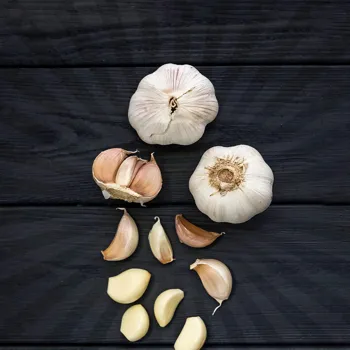
It can help soothe a troubled stomach and boost your immune system. Garlic (lehsun) is another essential ingredient in Indian cooking. Its pungent, savory flavor adds depth and complexity to countless dishes. Fresh garlic is typically minced or crushed and tempered in hot oil to release its aroma.
Garlic is also known for its antiviral and antibacterial properties. Together, ginger and garlic often form the foundation of many Indian curries and stir fries.
Indian cuisine's key spices: Chili powder for heat, cinnamon for warmth
Chili Powder (lal mirch) is the backbone of Indian cuisine, adding heat and depth of flavor. There are many types of chili powder available, ranging from mild to fiery hot. Use chili powder sparingly, and adjust the amount to your preference. Chili peppers are also rich in vitamins and antioxidants.
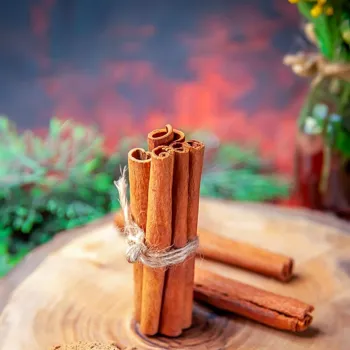
From tandoori dishes to fiery curries, chili powder is essential. Cinnamon (dalchini) comes in the form of sticks or ground powder and adds a warm, sweet aroma to both sweet and savory dishes. Cinnamon is known for its anti-inflammatory and blood sugar-regulating properties.
It is used in desserts like gulab jamun and in savory dishes like biryani. A dash of cinnamon can add a touch of magic to your dishes.
Mustard and fenugreek seeds enhance Indian dishes
Finally, we have Mustard Seeds (rai). These tiny seeds pack a powerful punch! When tempered in hot oil, they pop and release a nutty, pungent flavor. Mustard seeds are commonly used in South Indian cuisine and add a unique touch to vegetable stir-fries and lentil dishes.
Fenugreek Seeds (methi) have a slightly bitter, maple-like flavor. Both the seeds and the leaves are used in Indian cooking. Fenugreek seeds are often added to spice blends and curries, while fenugreek leaves (methi) are used in vegetable dishes and breads.
It is also known for its benefits and helps to keep blood sugar level stable. Now that you know these ten must-have spices, you’re ready to embark on your own Indian culinary adventure! Experiment with different combinations and find your favorites. Happy cooking!
AI Generated Content. Glance/InMobi shall have no liability for the content

